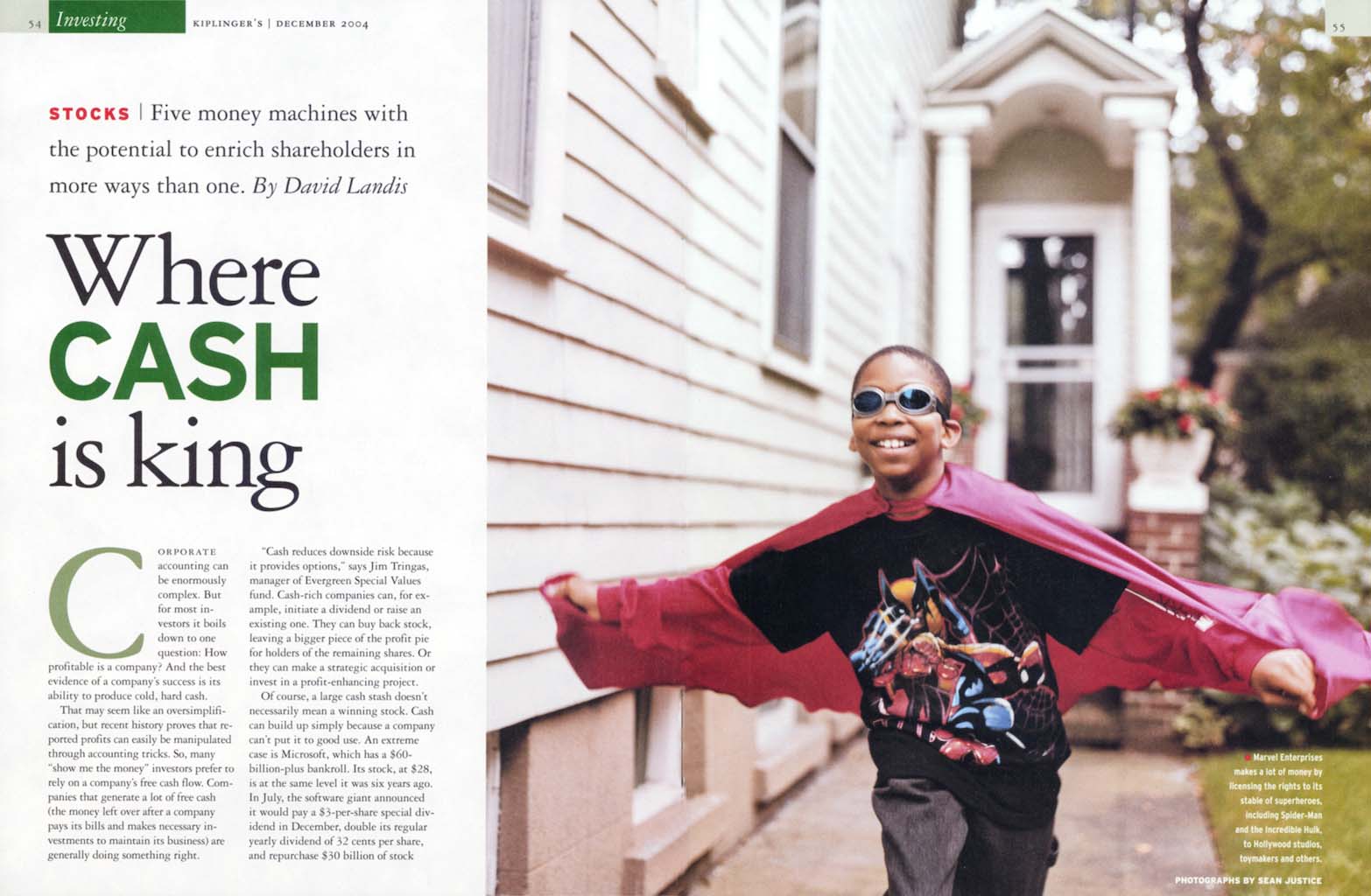See Through Picture

If you're interested in the world behind commercial and editorial photography, A Photo Editor should be on your regular roll. Rob Haggert is the former Director of Photography of Men's Journal and Outside Magazine and he draws from a deep well of experience with the process and practice of commercial-editorial photography. His recent post about the portraits made by Nadev Kander of the Obama team that were published in the New York Times Magazine is an example of his perceptive and expansive insights. Plus, his posts generate a ton of conversation about the process of photography (browse the comments section of the Kander post to get the flavor of how other working photographers are reacting).
This is great for all of us. Too often, especially recently, the whole process of creating the picture that is subsequently used (or abused) by various media and/or political interests -- that whole process is invisible, presumed to be somehow natural or automatic, and the intentions and constraints behind it are never even acknowledged, never mind discussed or debated.
This is the kind of conversation we need more of. The NY Times back-story multimedia piece (link button at bottom of the NYT slideshow), narrated by photo editor Kathy Ryan, with Nadav Kander, is a fantastic example what I mean in this case. As well, check out Gerald Marzorati's editor's letter that accompanied the portraits when they were published (and relish his reference to Roland Barthes' insights into portrait photography - a delightful, relevant and accessible nod to someone who should be on every photographer's must-read list).
There's a lot (endless amounts) to say about APL's Kander post - I'm especially interested in the conversation about the meaning of portraiture - but the thing that's on my mind this morning is the hilarious photo-cartoon he's put together, complete with thought and dialogue bubbles. More than perhaps anything else I've seen recently (or ever!), it illuminates the actual process of making commercial and editorial photographs.
While I was laughing and remembering, I was reliving a million different moments throughout my career. Though I've never reached anywhere near the status of Kander in my commercial life, and haven't worked with Haggert, I can report with 100% confidence that the notes he hits in this photo-cartoon are dead on accurate, in addition to blisteringly funny.
I used to be much more active as a commercial and editorial photographer - that is, before I began shifting gears to focus more on teaching. Making a living in commercial photography (whatever variety - advertising, editorial, stock, portraits, etc.) is tough and fascinating, rewarding and challenging, and not for the faint of heart. For me, the best part of the work was the collaboration. I loved the team approach to making pictures. And I got a huge thrill working with people who were equally dedicated, whether in front of or behind the camera (models or actors, or art directors and assistants). The results varied, of course, and it was impossible to predict how a shoot would turn out until the entire project was wrapped and we were looking at the pictures. In my experience there was just no single variable or ingredient that spelled success from one shoot to the next.
One of my favorite examples of this was the day we were illustrating an article about business opportunities for Kiplinger's magazine. Wendy Tiefenbacher, the director of photography, had such an openness to exploration, whether the assignment was a portrait of a specific subject or a more illustrative picture: she always let me figure out what to do with a photograph and was really pleased when the results were not what she had originally envisioned. On this shoot, her confidence in the process enabled me to abandon ship when nothing was working.

I remember at the very end of the day,right before we called it quits, throwing up my hands and going outside with this model, asking him to just run down the sidewalk. That's when the picture clicked - the blur, the focus, the location (which we'd hired for the interior) - the energy and the hint of purpose (superhero franchising?) - it was perfect for the story. Wendy loved it, I loved it, the boy's mom loved it, and when I visited the magazine later that month, even the art department told me they loved it.
But it's rare when everything comes together like that. Every shoot begins with the hope that the manufactured magic will feel real, that the process won't be too debilitating and exhausting, but it doesn't often turn out that way.
The Nadev Kander project must have been thrilling and completely exhausting, though you can't see it behind the resulting pictures themselves. That's why I think the APL post is so important, and the NY Times back-story piece, and the editor's letter - we have to start taking our photographs more seriously, less at face-value, less naively.
These past eight years have been a disaster for photography in America. Opening up the process behind the pictures we want to believe in - that's the essential step we're ready to take now.
Comments